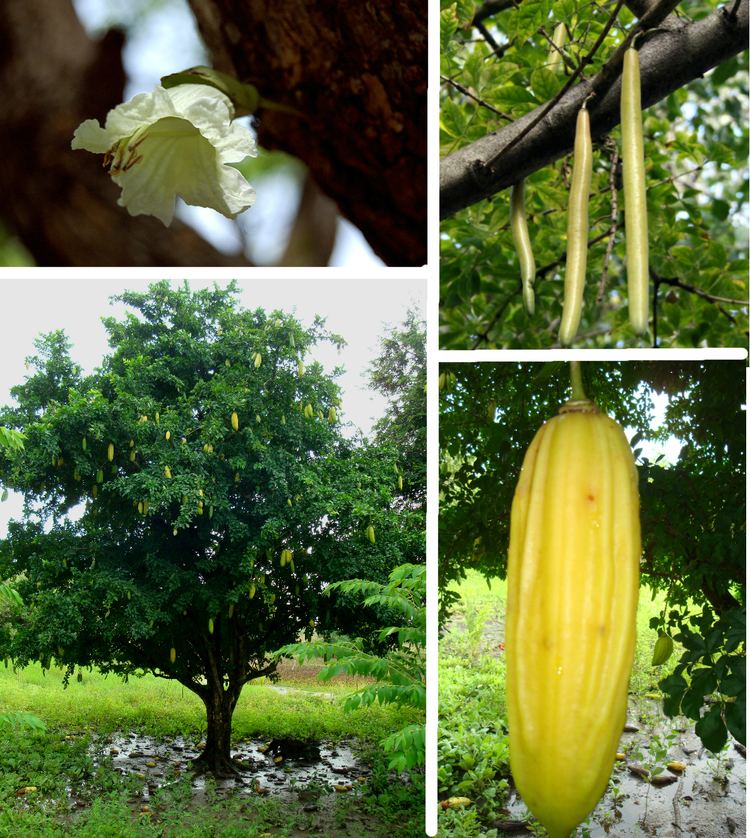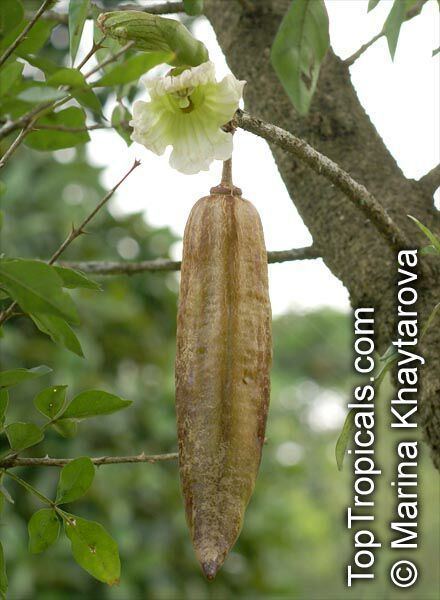Kingdom Plantae Family Bignoniaceae Higher classification Bignoniaceae | Order Lamiales Scientific name Parmentiera Rank Genus | |
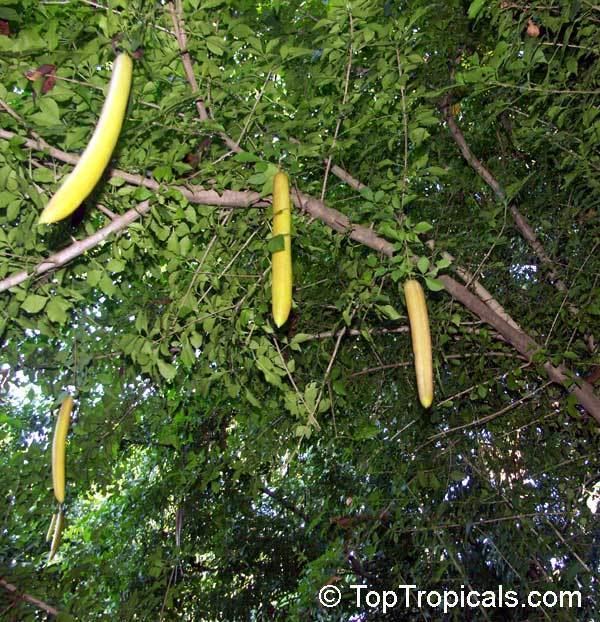 | ||
Lower classifications Parmentiera cereifera, Parmentiera dressleri, Parmentiera morii, Parmentiera stenocarpa | ||
Guajilote, Cuachilote, Guahalote, Candle Tree, Cucumber Tree
Scientific Name: Parmentiera edulis DC.
Family: Bignoniaceae
Origin: Mexico and Guatemala
Recommended Temperature Zone:
USDA: 10-12
Frost Tolerance: Hardy to 32°F (°C)
Sun Exposure: Full sun
Origin: Mexico and Guatemala
Growth Habits: Tree, up to 30 feet tall (9 m)
Watering Needs: Regular to abundant water
Blooming Habits: Rather large, greenish-white flowers are borne singly or in clusters at the branch tips.
Fruiting Habits: The ridged, red-stained, yellow fruits of the Parmentiera edulis are 4 to 6 inches in length (5 to 15 cm) and 1 to 2 inches in diameter (3 to 5 cm). They are sweet and edible either raw or cooked. The fruit is sometimes made into pickles or preserves. It is reported to be a good remedy for colds, and the roots are used as a diuretic. In flavor the raw fruit resembles sugarcane.
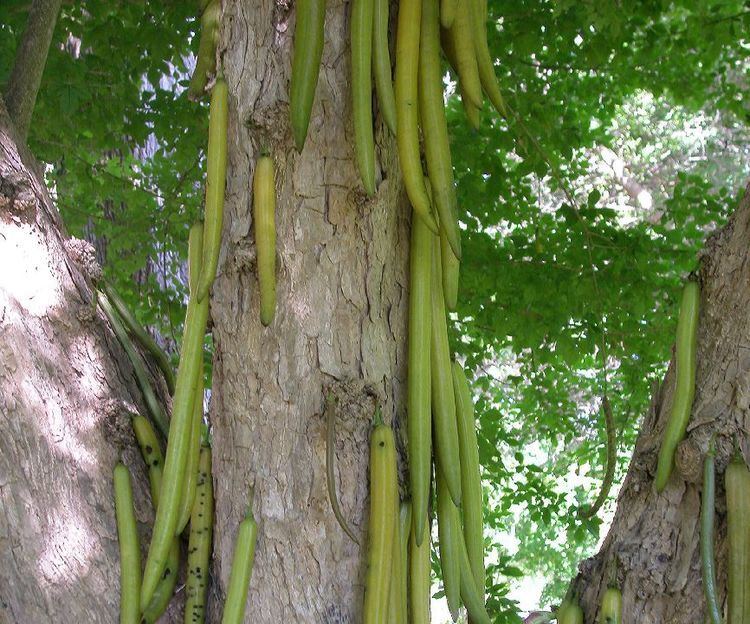
Propagation: Seeds (Propagation of the guajilote is easily accomplished by planting the small seeds)
Similar plants:
This tree of Mexico and Guatemala seldom grows more than 30 feet (9 m) in height. The Parmentiera edulis is adapted to a wide range of climatic conditions but is most frequently found in high-rainfall forests where it grows spontaneously. sometimes covering very large areas. Its trifoliate leaves with winged petioles are clustered at the nodes of the spiny branches.
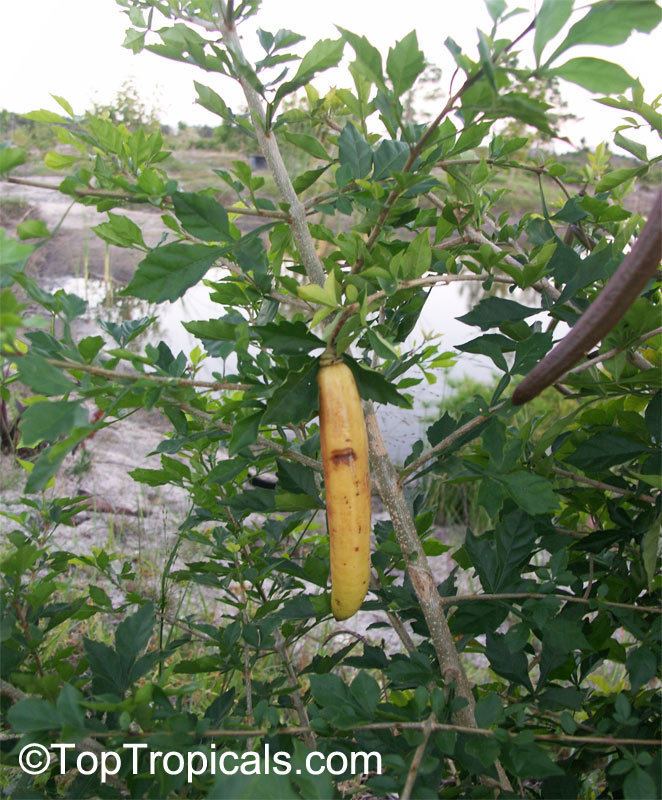
This highly ornamental tree is due to the interesting shape of its leaves and the greenish-cream flowers that grow directly from the stem or branch tips. The fibrous, ridged, fruit is 12" long and 2" wide. It resembles a greenish-yellow cucumber, it is juicy with a sweet flavor similar to sugar cane. Eaten either raw or cooked. The fruit is sometimes made into pickles or preserves. It is reported to be a good remedy for colds, and the roots are used as a diuretic. The tree is adapted to a wide range of climatic conditions but is most frequently found in high-rainfall forests where it grows spontaneously.
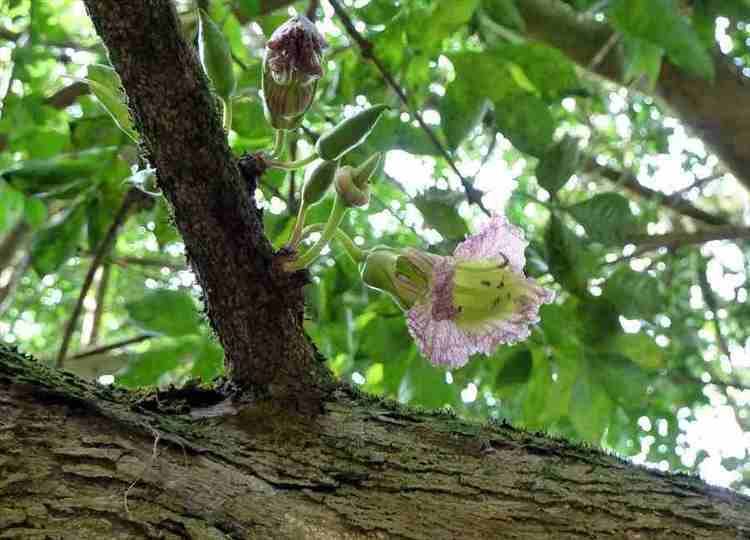
details collected from many sources by Sabarinath
Parmentiera is a genus of plant in family Bignoniaceae.
Species include:
Parmentiera aculeata
